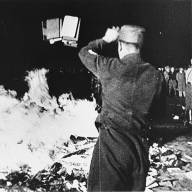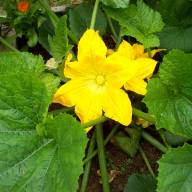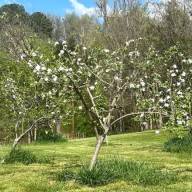First Fall fire in the woodstove. First day to pull out the long johns and layer up. After an unusually warm and dry early Autumn, the rains came today. I brought in what will be the last strawberries of the season, as the beautiful white blossoms remaining will be washed away over this week of rain, never having the chance to fruit.
Work that needed doing before winter is, thankfully, mostly done. Tasks we simply hoped to complete may now have to wait for warm dry weather, i.e. June or even July.
Living in synch with the seasons demands planning coupled with flexibility, especially now as Nature’s “normal” has been thrown increasingly off-kilter. Still, breathing in the scents, eating the foods, doing the chores, caring for the beings, domestic and wild, who live here with us in our temperate northern hemisphere climate creates a vibrant landscape soothing to mind, body and senses. Except when one has to interact with the outside world. Western culture’s plastic world is a manufactured and controlled reality far, far away now. But, we came from that world when we began our homestead nearly two decades ago and undertook our long journey between those worlds.
I remember an early summer when I’d used the last garlic in the braid hanging in the kitchen window. “Where did you plant the garlic this year, Honey?” I asked my husband. “I didn’t plant it this year. We didn’t have seeds.” “Oh.” My mind processed this unexpected information slowly. “So...the next time we’ll have garlic...is...a year from now?” “Looks that way.” From that moment, I never looked at garlic in the same way, never took it for granted. Garlic became precious, respected, no longer just another uniform commodity which could be replaced anytime and used on a whim.
Oidhche Shamhna
While we had always marked the solstices and equinoxes, homesteading introduced to us the importance of what are known as the cross-quarter days, the days marking the beginning of each season. To our Celtic Scot and Irish ancestors, a new day begins at dusk, readies itself in darkness to flower in the light, and dies at dusk so a new day begins. Years follow the same pattern, with "Last Harvest" logically the end of the year and the beginning of a new one, roughly midway between the Autumnal Equinox and Yule on the Gregorian calendar.
As Samhainn, the month (“November 1”) of the new year begins, seeds lie dormant underground or in our year’s seed collection. We gift seeds to friends or trade for new varieties and begin perusing independent organic seed catalogs as they arrive in the mail. It is a time to rest and regenerate, reflect and plan while the days grow shorter and the sun rests before cycling back toward its full strength.
Seasonal Eating Promotes Seasonal Health
Aiding us in our annual rest and regeneration are winter’s foods. Let’s start with root vegetables, like beets, cabbage, carrots, onions, parsnips, potatoes, sweet potatoes, radishes, rutabagas and turnips. We bring these nutrient-dense veggies up from the darkness underground where they were building vitamins, iron, fiber and a wealth of antioxidants to strengthen our immune systems, repair and protect our skin and produce collagen.
Above ground are winter-hardy crops. Not fussy or demanding plants, winter vegetables ask only for good soil, some mulch and a cloche in the coldest months. Vegetables like kale, kohlrabi, Swiss chard, Brussels sprouts, broccoli, cauliflower and even lettuce will keep producing and providing vitamins and minerals like A, B folate, C and K as well as calcium, magnesium and iron.
Winter fruit such as cranberries support the cardiovascular and immune systems. Kiwis, apples and pomegranates are both nutritious and especially tasty for baking.
Winter squashes like acorn, banana, buttercup, butternut, Hubbard, pumpkin, spaghetti and sweet meat make delicious warming winter casseroles loaded with antioxidants, fiber, manganese, folate, vitamins A, B6 and C filling us up, not out with their high-nutrition, low-calorie rich tastiness. And, ripe Hubbards are huge, yielding quantity as well as quality.
Cruciferous vegetables grow during winter, provide folate and vitamins K, A and C, and contain phytonutrients...to lower inflammation.
Isn’t winter the season we tend to put on a few pounds with the Western diet? Good news! Rich in fiber, high in vitamins and minerals, and low in calories, these inexpensive, easy-to-grow seasonal foods keep us satisfied after meals as well as on the bathroom scales. Just by eating in season.
Grow them, buy them, eat them, and if you’re already a fan, try a new one this year. See if eating with the seasons doesn't bring a warm and satisfied feeling to mind and body during the winter months.



















